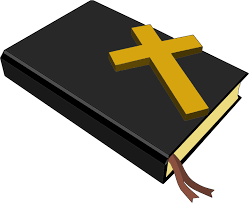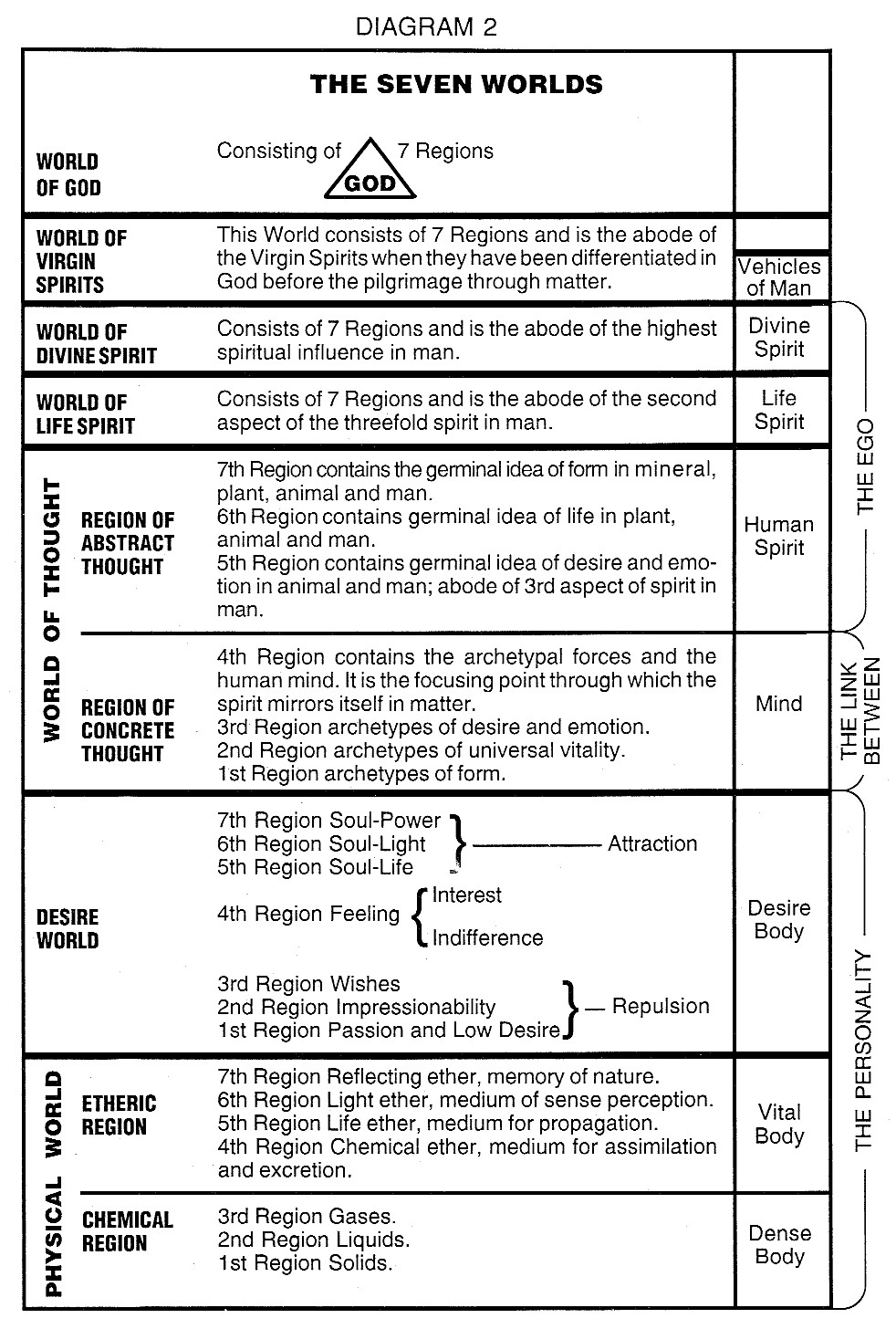
| rosicrucianU.com | ||
| Simplified Scientific Christianity |

Following the historical vision of the ram and the goat which carries the visions of Daniel through the Persian and Greek periods — "the two horns of the ram being the kings of Media and Persia; the rough goat, the king of Grecia" — Daniel records a vision received in the first year of Darius: "In the first year of his reign I Daniel understood by books the number of the years, whereof the word of the Lord came to Jeremiah the prophet, that he would accomplish seventy years in desolations of Jerusalem." After thus reading the Scriptures of Jeremiah's prophecy regarding seventy years of affliction for Jerusalem, Daniel addresses himself to prayer and meditation to obtain further light on the spiritual mission and trials of Israel. While he is speaking in prayer "the man Gabriel, whom I had seen in the vision in the beginning, being caused to fly swiftly, touched me about the time of the evening oblation. And he informed me . . . and said, I Daniel, I am come forth to give thee skill and understanding."
Herein we have a most fascinating corollary with the New Testament. Even as Gabriel appeared to the Immaculate Mary and to Joseph to instruct them concerning the manifestation of the Christ Bearer in a physical body, and to aid them in preparing for His coming, so he appeared to Daniel to prepare him for revelations concerning the Messiah's coming, a sublime initiatory experience in which Daniel, is raised up into the realm of Christ Consciousness and there beholds the Master face to face.
As Gabriel saluted Mary, saying, "Hail, thou that art highly favored ... blessed art thou among women," thus revealing that she was favored above all women, so he salutes Daniel, "Thou art greatly beloved." After this he instructs Daniel concerning the times of the Messiah. In this vision each "day" represents a year, as in a progressed horoscope. Each week, therefore, is seven such "days," or seven years. Jeremiah designated seventy years as the time of desolation; Gabriel speaks of "seven weeks and threescore and two weeks" (sixty-nine weeks) which should precede the Messiah's coming. The seventieth week is the Messianic Week.
The sixty-nine weeks follow the seventy-year period of the Exile, for Gabriel definitely dates his calculation "from the going forth of the commandment to restore and to build Jerusalem." This commandment was the Proclamation of Cyrus in 538 B.C. The sixty-nine weeks (or years) were to elapse between this date and the coming of the Divine Prince. If these weeks be translated into their corresponding years and subtracted from the Proclamation date (538 B.C. - 483), the date 55 B.C. results, the beginning of the era wherein the Jews expected the Messiah to appear among them. However, the exact time cannot be given because, as the Master Jesus declared, "Of that day and hour knoweth no man ... but my Father only." The Messiah's hour is not necessarily His birth hour; it may be counted as His Baptism in Jordan, at which time Jesus became the Christ.
Following the Messiah's advent, "After threescore and two weeks (62 weeks) shall Messiah be cut off," indicating a period of something more than four hundred years (62 X 7 = 434) during which the Redeemer would still be known among men. This agrees with Gnostic tradition, for during the first five centuries following the Christ's Ascension Jesus organized the New Church and the Christ Mysteries while functioning in His etheric body. The Gnostics, however, preserved a tradition of the Invisible Christ who taught their Illumined Ones and who might be reached by all who made themselves worthy. The Persian Mani also taught much concerning the Invisible Master and how He guided the destinies of men from the spiritual side of Nature.
In the fifth century the Piscean Age proper began with the Sun crossing the celestial equator in 0 degrees of Aries at the Vernal Equinox (which is the same as 30 degrees of Pisces). This is the cutting off of the Messiah. Henceforward the orthodox Church took possession of the Christ Mysteries by force, slaying Initiates and persecuting those who sought to perpetuate the Ancient Wisdom. The exoteric Church gradually usurped supreme spiritual authority, denying to laymen the right to be initiated into the Christ Mysteries, since Initiation would obviously liberate neophytes from submission to any external authority when they could receive their instructions direct from the Master. The authority tnat the exoteric Church as a whole now exercises over its members is based on the false premise that an individual cannot himself receive instruction from the Christ but must accept it through the mediation of Church hierophants. Truly is the Messiah "cut off" from the masses of humanity.
During the Messianic Week, however, "he shall confirm the covenant with many" and "in the midst of the week he shall make the sacrifice ... to cease;" that is, the Jerusalem Temple is destroyed and animal sacrifice forever abolished. The seventieth week is therefore symbolic of the final work accomplished by the Messiah preparatory to the Age of the Sword (Pisces) which "he shall make ... desolate, even until the consummation."
Such is the aeonic interpretation of the Vision of Weeks. But orthodox scholars have agreed that the prophecy relates only to the. Maccabean period, 165 B.C., for if the Sabbaths be omitted from the calculations, the remaining figure in each case is 165 B.C. — a date which has nothing to do with the Christ. The Essenes obviously interpreted this date as pointing to the era of Jesus of Nazareth, for unquestionably this Initiate School was preparing the child Jesus to be the Christos. But as said previously, the accuracy of one set of calculations does not invalidate any other. And there is one more interpretation of interest to Christians.
The year 165 B.C. not only marked the crisis of the Maccabean revolt; it also was the year when the great Master of the Essenes, Jesus ben Pandira, met his death by crucifixion. So closely did his life and work parallel those of Jesus of Nazareth that many Jewish scholars take him to be the true hero of Gospel narratives. It may well be he was looked upon as the Messiah by many simple folk in the land, people who had no understanding of esoteric tradition.
Dr. Rudolf Steiner states that it was through Jesus ben Pandira that certain occult rituals passed down the generations of the Essene brotherhood to form the nucleus of Matthew's Gospel. There can be no doubt that a ritual of crucifixion was practiced among the Essenes, while execution of criminals by crucifixion was not common among the Jews.
Trials involving the possibility of violent death were once part of initiatory rituals in all occult Schools and may still be found in certain obscure cults such as the fire-walkers of India and Hawaii, the fakirs who allow themselves to be buried alive, and so forth. In the Christian Schools, however, they were outlawed, for under the Christ trial is "by grace" and not "by law." Yet the end is the same. The Christian Adept likewise learns to rule the forces of Nature and becomes immune to whatever is destructive and evil.
— Corinne Heline

|

|

|
|
|
Contemporary Mystic Christianity |
|
|
This web page has been edited and/or excerpted from reference material, has been modified from its original version, and is in conformance with the web host's Members Terms & Conditions. This website is offered to the public by students of The Rosicrucian Teachings, and has no official affiliation with any organization. | Mobile Version | |
|